By Bhaskar Tripathi (@bolnabey)
I was 15 years old when I first registered Anurag Kashyap. The Supreme Court had lifted the two-year-long stay on Black Friday. The film was a talking point; it had been raved about internationally and was only releasing in its own country now. Added to that, Bandeh was a chartbuster. We had become ‘Indian Ocean’ fans only recently and were pleasantly surprised to see a film with a song by a niche folk rock band. Quite an achievement for its time. I remember listening to the song at a friend’s place, and quietly going berserk. Although the poetry of the lyrics was lost to me, the darkness of the imagery wasn’t.
Samay ki laal aandhi,
kabristan ke raste
Are lathpath chalegi ho!
At the time, darkness was a foreign space. I hadn’t known films, hadn’t known these kind of people. Bomb blasts, killings et al were all very matter of fact things that routinely happened in the world. We 90s-born kids had suddenly gained consciousness at the onset of the millennium; anything off the beaten path would get us curious. We knew Karan Johar made shit films, Lagaan was the *it* film, and Oscars were the reason films were to be made. Like all things alien, Kashyap’s music and characters got me very curious.
But in 2007, he’d made one other film too: No Smoking. It starred John Abraham and Ayesha Takia. After watching the trailer, all our hopes crashed. He’d made a movie with the Dhoom guy!? For us fickle kids, that was it. More important things had to be done. It would be the first Anurag Kashyap film I’d see, albeit a couple years later.
Angst, strife, Anurag
The Anurag of 2007 was a very bitter man. In hindsight, I wouldn’t blame him. He’d written a pathbreaking crime drama (Satya), which gave him the push to finally make his kind of films in a very feudal film industry. Then his first film was refused certification, for “showing excessive violence and having immoral characters”. The CBFC hadn’t seen such a film get made in India. It strained their moral boundaries. Although the film was allowed to release after a few cuts, the producers ran into problems and the film was never released anywhere. To make matters worse, his second film’s release was delayed. A lot of his projects were underway; he wanted to make a lot of things. He was so full of stories he wanted to let out, but no one would let him. On the other hand, he saw this opaque industry where mediocrity reigned supreme. His ideas were too radical for the time. A system will never make room for a revolution, nor will those who are a part of it.
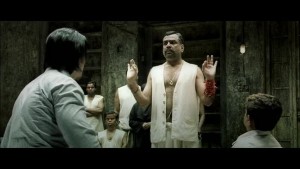
This is the kind of angst that was channeled into No Smoking. A surreal postmodern neo-noir that bent every last nerve in the heads of the people who saw it, this film was ultimate proof of the fact that Anurag Kashyap was a filmmaker largely ahead of his times. Upon release, it was marred by scathing reviews from outraged critics. When I saw it, it had already acquired cult status. I did not understand the film. It was unlike anything I’d ever seen. But back then, the things we did not understand were the ones we loved the most. It was a way of dealing with our inferior selves. Some years later I would look closely and see K’s soul burning, in one of the most subtle and profound twists ever filmed. I’d become a (lifelong) fan. And over the years, I’d realise why fans are the best and the worst things to happen to an artist.
Personally, No Smoking has only grown in stature for me. Because of the film it is, but also because of the legends attached with it. Psychological terror has never been so visceral. The film is so Kafkaesque that it becomes an epitome, and in that Kashyap lays out all his demons. It’s as funny as it is dark, as many parts horror as it is a goofy stoner flick. The film fooled everybody who saw it — a desperately rare achievement for a Hindi film.
Changing shades of auteurism
And so, by 2007, we’d had Vishal Bhardwaj’s Maqbool, Dibakar Bannerjee’s Khosla ka Ghosla and, of course, Black Friday: three films unlike any others until then. It was a pleasure to watch dialogue so real and yet so poetic, humour inherent in its people and not derived from actors imitating monkeys, and images that stayed with you long after you walked out of the hall. Hindi cinema, since its inception, had never had an acumen for technicalities, barring a few filmmakers like Vijay Anand and Guru Dutt. Cinematography was a forgotten art form. Not that we didn’t have capable artists. People making a film just wouldn’t generally care about the look of the film. Capturing a shot and moving the story forward became the only purpose, it seemed. Our entertainment had always been delivered to us through gags or verbal wit. Visually wasn’t how we thought. But that had begun to change with the advent and availability of world cinema into our lives. So Maqbool had beautiful silhouettes and moody close-ups, Khosla was eccentric and vibrant and colourful, while Black Friday was severely real and yet very boldly stylish (the bomb blast scenes are tinted with cold blue, interrogation rooms are lit with ominous red). In them, we had three filmmakers who would go on to shine a light for our cinema in the decade that followed.
Colours of politics
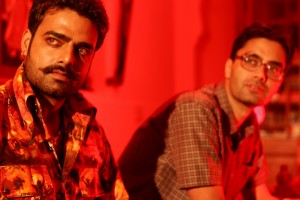
Anurag would next make Gulaal, a nihilistic film about desi politics borne out of Pyaasa’s “Yeh duniya agar mil bhi jaaye toh kya hai,” a song dripping with cynicism. Kay Kay Menon delivered a very memorable performance as Dukey Banna (or made guy), the local kingmaker and leader of a separatist movement, who preys upon a simpleton law student to further his agenda. The film remains the single most political film ever made in India, while remaining aesthetically sophisticated. An angst-ridden satire about power struggles, Kashyap sets it in a very surreal world where democracy and constitution are brands of alcohol. His sutradhar in the film is played by Piyush Mishra, symbolic of those idealist founding fathers our nation. This was one of the rare Indian films where we see a world that was familiar yet not quite. Mishra’s poetry is as scathing as the film, his music so ghoulish it would induce nightmares.
Man kare so pran de
jo man kahe so pran le
Wahi tou ek sarv shaktimaan hai
Krishna ki pukaar hai
Yeh bhagwat ka saar hai
Ki yuddh hi tou veer ka praman hai
Gulaal, to date, remains that elusive, searing political satire, of which we can expect less and less given the times we now live in.
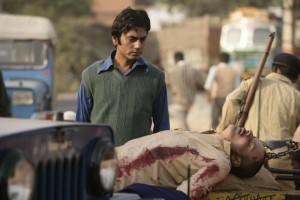
The two year engagement
In more ways than one, Gangs of Wasseypur would be the most defining film of Anurag Kashyap. If you believe me, and you must, it will continue to be so even by the end of his career. It is the definitive Hindi film of this era. It was the birthplace of a lot of (now) acclaimed actors, writers and filmmakers. Neeraj Ghaywan, one of its assistants who would later go on to make Masaan, calls it his film school. It was Anurag Kashyap dismantling Anurag Kashyap and then revealing himself in all his glory.
GOW is as much Godfather as it is City of God and in that, it is a film of very original violence and humour. Some years before Wasseypur, Ram Gopal Varma had made a two part violent bloody epic, Rakht Charitra. The film stands in contrast to Wasseypur. At 244 minutes, it was an opportunity lost to indulgence and gore. Anurag, on the other hand, had made a living-breathing creature of a film. GOW highlighted those aspects of filmmaking which had rarely been on our perimeter when talking, and thinking, about cinema. One such department was casting. It was a coup of sorts. Some inspiring decisions: who would have thought of casting (writer-director) Tigmanshu Dhulia as the powerful coal union leader-turned-shrewd-politician Ramadhir Singh? He turned in a performance so delicious, I keep smacking my lips every time I watch him in the film. Then, there were the two lead performances — Manoj Bajpayee as the lewd, bloodthirsty wastrel Sardar Khan, and Nawazuddin (in his breakout role) as his reluctantly power-hungry son Faizal Khan: a man who shares his demons with Michael Corleone, always seen behind a cloud of ganja smoke. Nawaz’s eyes, always filled up, were a constant reminder of the loss of innocence and the coldness that had beset his heart. He had no real reason to kill Ramadhir, other than just to get over with it. Par yeh ho na saka!
All said and done, it was this song that sealed Richa Chadda’s as a performance unlike any other. I still call it the best female performance of the last decade and a half.
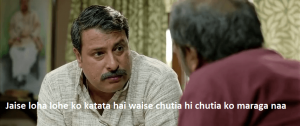
If the film was an epic, its soundtrack was a step ahead. Varun Grover wrote 12 songs for the film (with Piyush Mishra writing three others — Ik bagal, Aabroo & Keh ke loonga), and Sneha Khanwalkar composed 27 songs for the two-album soundtrack of the film. Written predominantly in Bhojpuri, the songs managed to capture the cynicism that is a staple of Bihar. But what I truly marvelled at was how politically charged they were. It had been a long, long time since we had had anti-establishment sentiments in our film albums. Never the one to ignore the political details in his films, Kashyap’s use of the Taar Bijli was startlingly subversive. Not often do we see a wedding song that is actually a satire about the failed promises made to us by our founding fathers.
Ghupp andhera mein chalte dulaare piya
Zindagi kolbhari, koot paani bhara
Arrah Chhapra ke baabuji yeh kya kiya
Loknayak jalaaye yeh kaisa diya
A far cry from the other songs on the album is the title song Keh Ke Lunga. Penned by Piyush Mishra, it would once again evoke the deprived nihilistic imagery that only his writing can. The witty toxicity in panghat ko bechoonga main marghat ke daam is possibly the best insight into the psyche of Sardar Khan. I saw Gangs of Wasseypur six times on the big screen: thrice for each part. By that time, I was convinced that, beyond criticism, this film would age with panache, and every time we look back at it, it will get even better.
These boots are meant for crawling


That Girl in Yellow Boots has got to be Anurag Kashyap’s most troubled film. Coming after Dev D, it was an exercise in ultra low budget filmmaking. While Kalki Koechlin and Anurag address a lot of taboos in their screenplay, the film suffers for precisely that reason. It derives pleasure from being random. The Bombay that Ruth comes to is full of lewd, sly, self-righteous men. She has to inhabit the underbelly, and wade through it in order to search for her father, who has left her a very cryptic message. In trademark Kashyap fashion, the money shot of the film is a 7-minute scene where a goon Chittiappa Gowda (take that!) comes visiting Ruth at her home. Kashyap exploits this opportunity like never before, by going as stark as possible, gleefully adding dollops of dark humour. I never knew what to take away from this film when I first watched it. It’s not the genre film it’s trying to be; the shocker is how it escapes from answering some more profound and logically stable questions that may have cropped up during its runtime. The problem is, Ruth deserved better than this movie. Her loss of innocence is synonymous with the withering away of this city she now lives in. And it’s here that Kashyap decides to show traits of RGV, exhibiting no limits to indulgence. Yet, this is not a bad movie. Perhaps it just happened to be at the wrong place at the wrong time.
His calling card
I’m very conflicted about Dev D. In retrospect, it isn’t the wicked zany film I saw back then. Now that I’m not startled by it anymore, I can try to be objective about it. There was a lot going for Dev.D back in 2009 when it released, at a time we would kill to see an Indian film so devastatingly different, or at least trying to be. Add to that the brilliant and unusual soundtrack (comprising of 18 songs!). How can you not be taken by a brass band song acting as the backdrop of an angst-ridden Dev drunk at Paro’s wedding?

bol bol why did you ditch me zindagi bhi lele yaar kill me
There’s an exceptional sadomasochistic scene where Paro storms into Dev’s room and quietly parents him into submission. Being the child that he is, Dev falls for her demeanour and says, “main tumse pyar karna chahta hoon”. It is in writing such scenes that depict the struggle for power, sexual or political, that Kashyap has always excelled thoroughly.
But midway through the film Kashyap seems to run out of ideas. He isn’t sure what to do with the characters he has set up so well. This cluelessness lasts for a good fifteen minutes or so. It would be second time since Gulaal this has happened. The three-act structure is a disservice to this story, which is also the reason why the film is at least twenty minutes longer than it should have been. While addressing patriarchy and power through a self-destructive protagonist drowning in substance and pity, he tries to deconstruct the film in last quarter. But this part only feels like a forced subversion of the original text, where we are suddenly introduced to morality that hadn’t existed before.

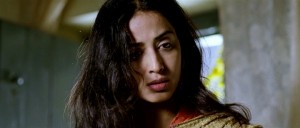
The real achievement of Dev.D is its women. The way Kashyap treats women in his films never fails to amaze me. This is where his voyeurism lies; he watches his fierce women characters tame their men in everyday moments of quiet passion. Be it Paro ridiculing Dev with “tumhe tumhari aukat dikha rahi hoon,” Nagma scoffing at Sardar while serving him food, “roti khao takat aayega, bahar jake beizzati mat karana,” or Simmy picking up a phone call while Raghav has her at gunpoint. By choosing his male protagonist rooted in a patriarchal society, he makes sense of its dynamics through his women. It is this ironic use of the male gaze that does the trick. His men and women are, more often than not, in an abusive masochist relationship. This is how he empowers women, while not shying away from his prejudices. He is, at all points, still figuring out women without really patronising them.
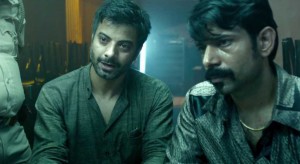
The curse of the third act would be the single-most problem with his 2013 film, Ugly. When films hold such initial promise, its flaws become glaringly and heartbreakingly obvious. This was the film where Kashyap embraced his inner genre filmmaker, and gave us a wicked but intimate movie: nothing short of brilliant until the final act.
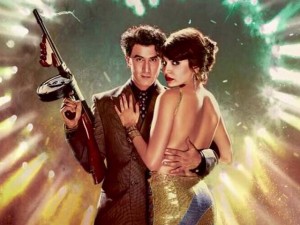 With Bombay Velvet, it was No Smoking all over again. It wasn’t as bad a film as people would have liked us to believe. But for a Kashyap film, it had very bland and functional dialogues. Once again, music director Amit Trivedi’s work on the film was path breaking by any stretch of imagination. This time, in a 15-song jazz album! The film, unfortunately, went on to become arguably the biggest flop in the history of Indian cinema. It was in Bombay Velvet that Kashyap displayed his most explicit admiration for Scorsese. There were a lot of hotel kitchen scenes, a homage to Goodfellas. The relationship between Johnny Balraj and Rosie is reminiscent of romances in Scorsese’s gangster films, especially Henry and Karen. But all these details were lost in a very ordinary and hurried screenplay. The undue criticism the film received was indicative of a lot of facts. In a way, it made me wonder if Anurag was still an outsider in an industry that still won’t allow him to make an expensive film, or even give him the single luxury of making a mediocre film. In a way, this was bullying him back to his niche. And so he did…
With Bombay Velvet, it was No Smoking all over again. It wasn’t as bad a film as people would have liked us to believe. But for a Kashyap film, it had very bland and functional dialogues. Once again, music director Amit Trivedi’s work on the film was path breaking by any stretch of imagination. This time, in a 15-song jazz album! The film, unfortunately, went on to become arguably the biggest flop in the history of Indian cinema. It was in Bombay Velvet that Kashyap displayed his most explicit admiration for Scorsese. There were a lot of hotel kitchen scenes, a homage to Goodfellas. The relationship between Johnny Balraj and Rosie is reminiscent of romances in Scorsese’s gangster films, especially Henry and Karen. But all these details were lost in a very ordinary and hurried screenplay. The undue criticism the film received was indicative of a lot of facts. In a way, it made me wonder if Anurag was still an outsider in an industry that still won’t allow him to make an expensive film, or even give him the single luxury of making a mediocre film. In a way, this was bullying him back to his niche. And so he did…
Back in business
Raman Raghav 2.0 may possibly be the most demented Hindi film ever made. It certainly is Kashyap’s most spiritual. Inhabiting the same Bombay as Ugly, the film is almost too perfect. This is one of those rare films that breaks free of the three-act structure (finally!) somewhere during its runtime. It should also be notable for its brilliant use of chapters to string along a coherent screenplay. After a long time, Kashyap nails his climax. The film is a searing commentary on politics and religion of our times, and is a masterclass in symbolism. It is also a film that makes use of regular Kashyap tropes, and hence should be seen in isolation some years hence to actually calibrate how good it was. Raman Raghav 2.0 is quite simply his Taxi Driver.
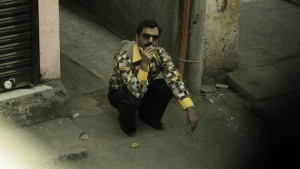
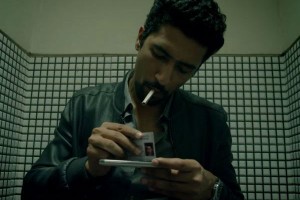
Anurag’s films are notable for their deliberate subversion of violence. He generally turns away his camera from the gore and leaves it to your imagination: which could also be construed as the sign of an artiste who has tweaked his sensibilities in accordance with the censorship laws in the country. And, ironically, this has turned out to be a very effective stylistic device. So much so that it might seem he makes very brutal films, when the actual violence exists in the audience’s minds. Each mind will have its own levels of interpretation, subject to their own imaginations.
All through his career, his cinema has been rife with comparison with Quentin Tarantino. In my opinion, this comparison is ill-conceived. Kashyap’s cinema is actually very inspired by Martin Scorsese’s. Isn’t Tarantino himself an amalgamation of Scorsese and B-grade exploitation movies? What’s unique about Kashyap is the omnipresent sense of paranoia in his films. It’s always about proving something, there’s always a boundary he’s trying to push, almost as a stepping stone towards the next. Just like Scorsese, his films are about a deeply patriarchal society. There is no escape. And his musical cues are as bold, too. In RR 2.0, the scene set to Behooda almost reminded me of this scene in Goodfellas, for using music with similar aplomb. I’ve come to believe that the writing in Anurag’s films may falter, but the music never will.
For whatever it’s worth, Anurag Kashyap will never have to write an autobiography. His films will remain living and breathing testimonies to various periods and phases dotting his life. And he is, hopefully, far from done.

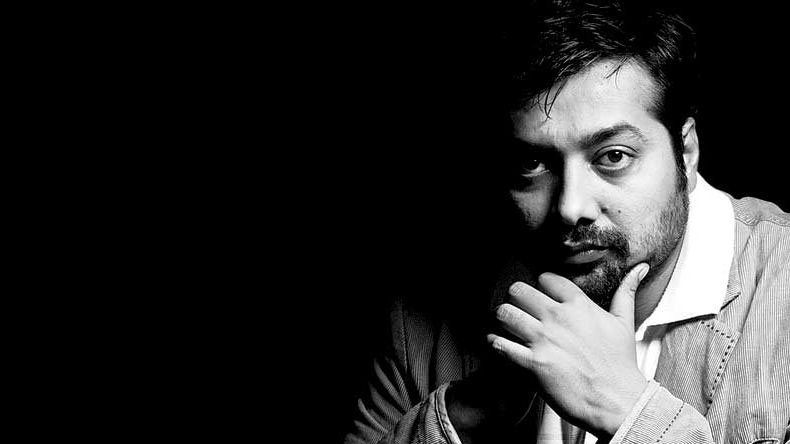
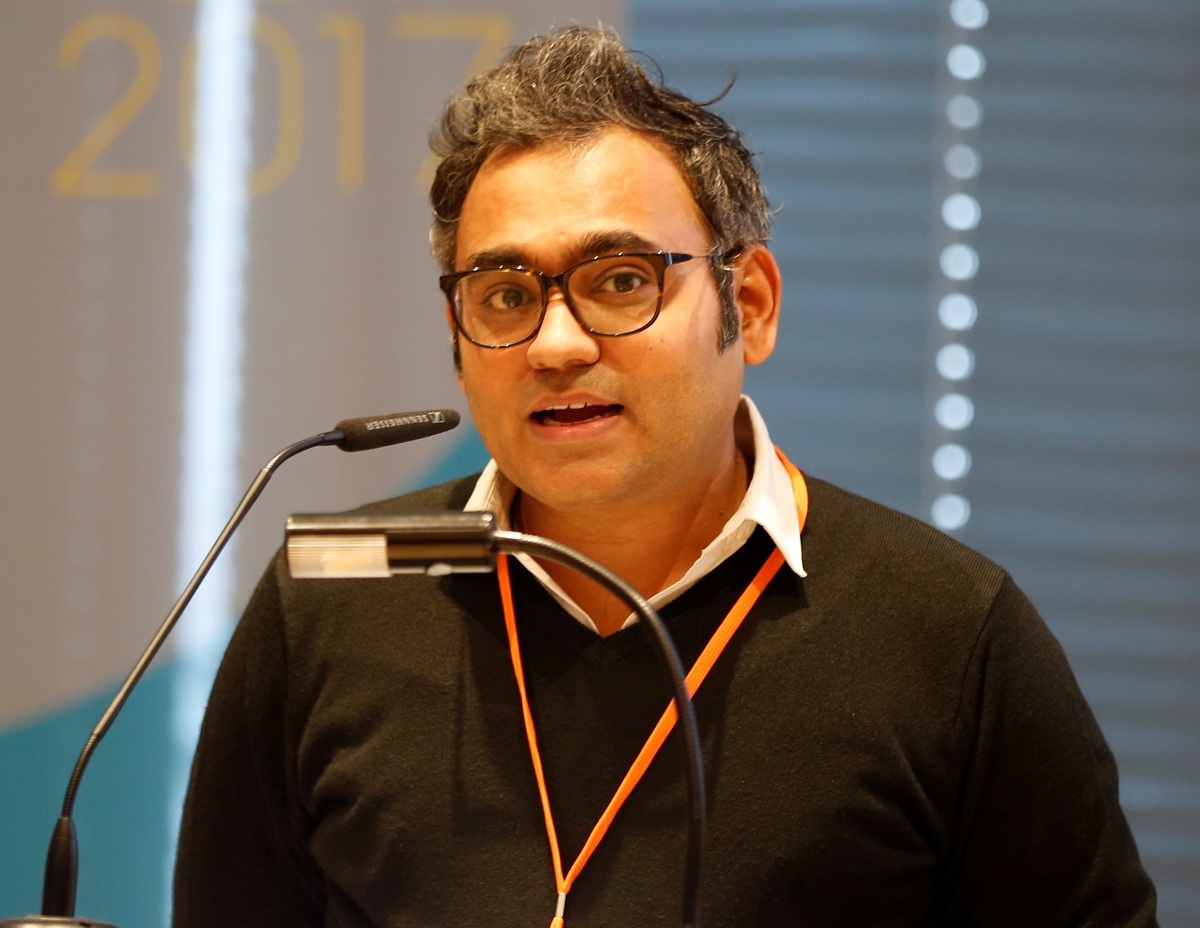
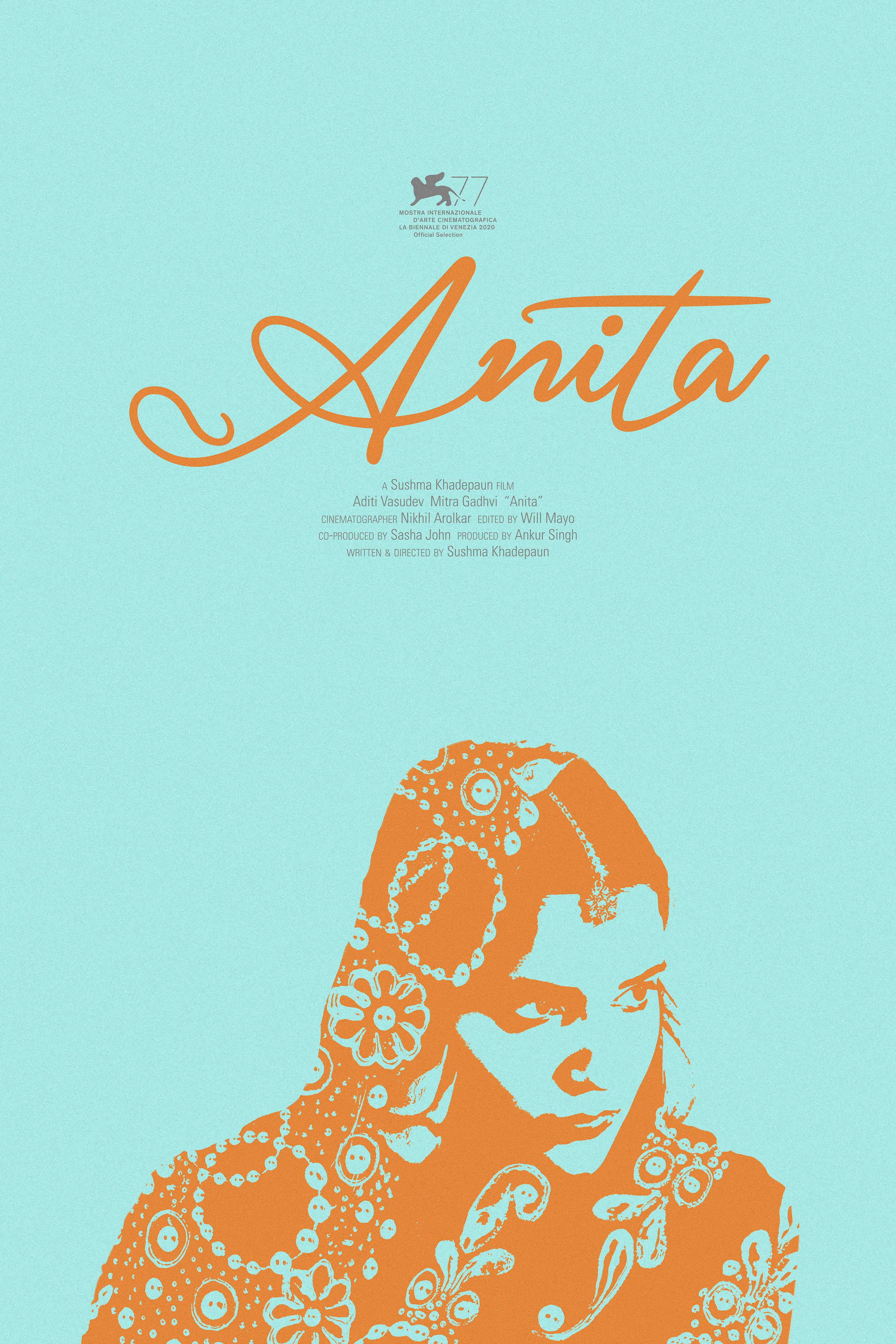
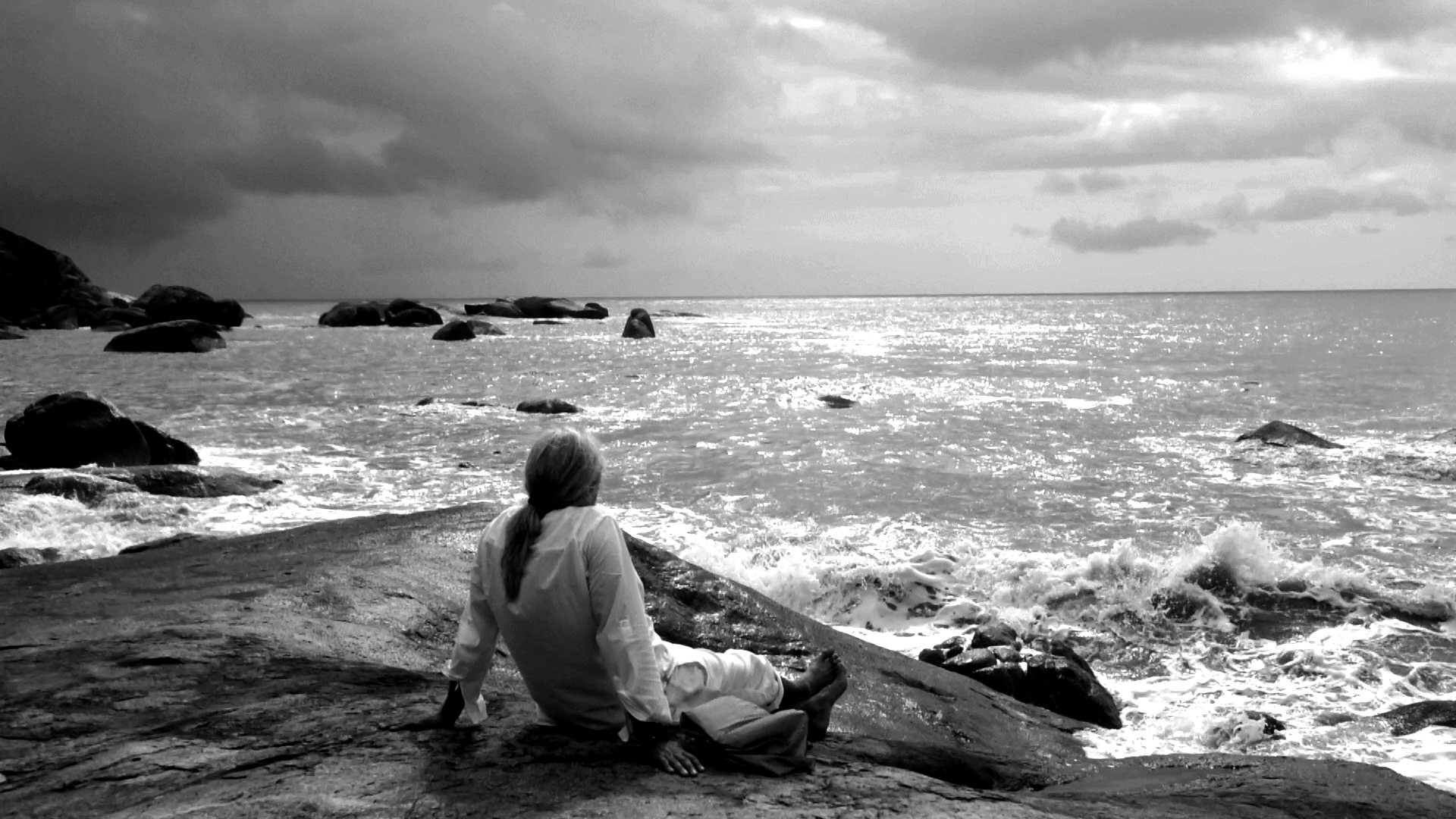
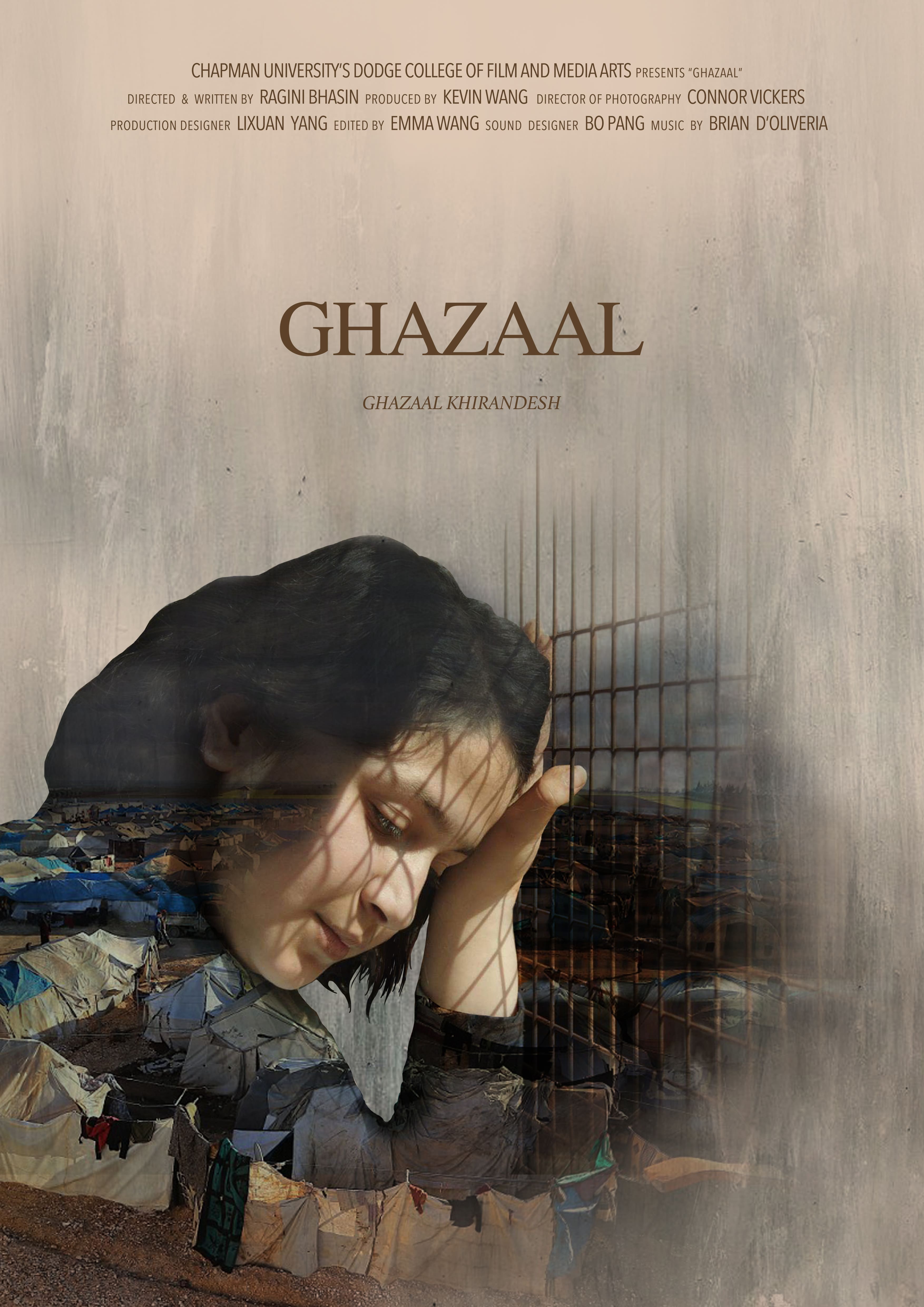


Leave A Comment
You must be logged in to post a comment.